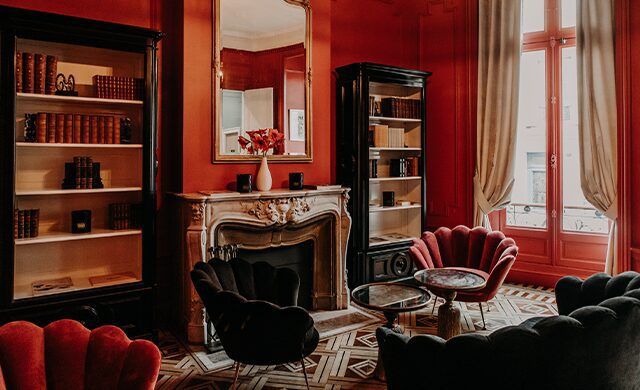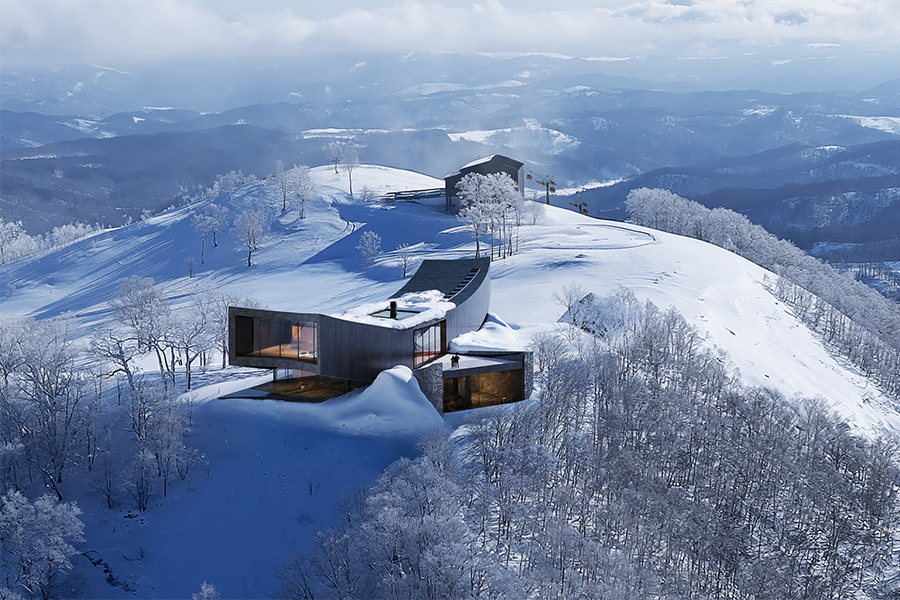Sporting a revitalized river setting, a glammed-up ensemble of neoclassical architecture, and futuristic new cultural landmarks, France’s historic winemaking region is experiencing a renaissance of sorts, part of a two-decade urban modernization program started under former mayor Alain Juppé. The revamp has transformed the riverside with a vast promenade and post-industrial dockland developments, while greening up the UNESCO-classified historic center with pedestrian zones, gardens, and a high-tech tram system. Daring buildings such as the iridescent lacquered aluminum-paneled wine museum Cité du Vin from Paris firm XTU Architects and Bjarke Ingels’ MÉCA cultural center—built from sandblasted prefab concrete panels to echo the local sandstone—are putting pizzazz in Bordeaux’s bid to become an avant-garde, artist-friendly epicenter.
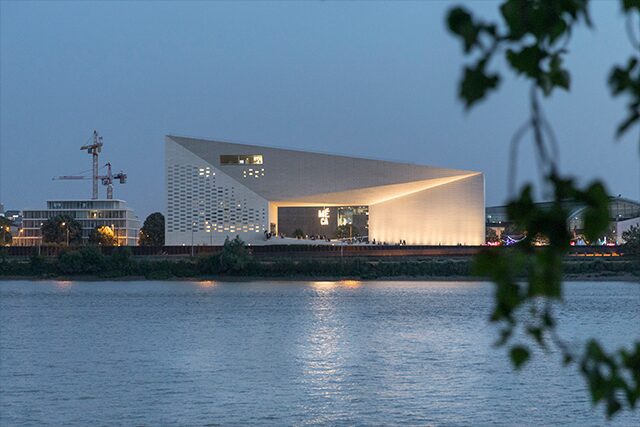
MÉCA cultural center is built from sandblasted prefab concrete panels to echo the local sandstone
Hotel Le Palais Gallien

Le Palais Gallien resides on two floors of a 20th-century noble mansion
Nestled behind old coach doors, around a bucolic internal garden with an infinity pool, the 27 rooms and suites of Le Palais Gallien reside on two floors of a 20th-century noble mansion in old Bordeaux. “The prestige of the old merges wonderfully with contemporary design,” says owner Christophe San José, who led the three-year heritage restoration of the “belle bâtisse,” named after the city’s famous Gallo-Roman ruins.
His daughter, Anaïs San José, was responsible for the interiors, which channel both past and present with classic pieces mingling with modern details. Muted colors, sandstone and slate walls, and old parquet floors juxtapose moodier moments. Further, white-veined black marble bistro tables define La Table de Montaigne, the signature restaurant helmed by molecular gastronomy star Thierry Marx.
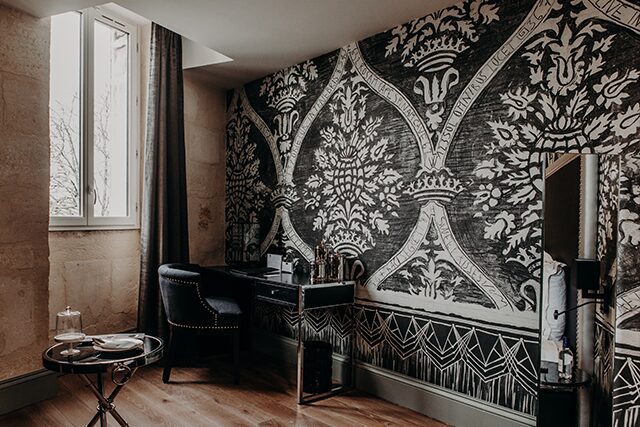
Black and white wallpaper with Latin crowns lines guestroom walls at Le Palais Gallien

The Salon Rouge features plush upholstery and detailed flooring
“Bordeaux’s emblematic philosophers and writers—[including] Montaigne, Montesquieu, and Mauriac—inspired the spirit of the place,” says Anaïs. In the Montaigne suite, black and white wallpaper is printed with Latin crowns and maxims, while inky velvet and gold chairs complement black and brass coffee tables. Others contrast steel and black leather four-poster beds, zebra-striped fabrics, and matte black freestanding tubs with splashes of Bordeaux red—from wall paneling to the scalloped chair. The suites open to private terraces and Jacuzzis, all of which offer sweeping skyline views.
Radisson Blu Hotel Bordeaux
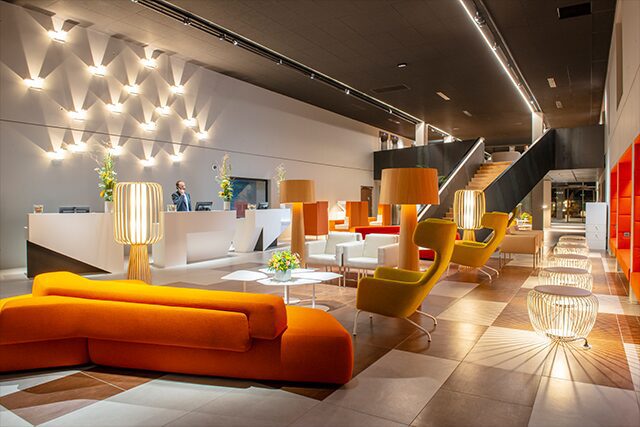
The Radisson Blu Hotel Bordeaux’s orange palette is a nod to the rust that permeates the river docks
One of Bordeaux’s budding zones is the Bassins à Flots by the river docks and the surrounding Bacalan district at the northern bend of the Garonne. Within this former insalubrious marshland-turned-17th-century shipyard and refinery zone is the 125-room Radisson Blu Hotel. Marked by a striking steel mesh exoskeleton, the anodized bronze hotel with marina-facing terrace and golf course lights up at night amid the cranes and shipping containers.
Architect Jean-Christophe Masnada of local firm King Kong says the idea was for an “inhabited mega-structure amid the large silos, dry docks, wartime submarine base, and cranes that define this industrial landscape.” Interiors and furnishings were conceptualized around two main colors: blue to reflect the Garonne and wet docks, and orange, referencing the rust that permeates the docks. Meanwhile, rooms and suites are treated in lacquered steel, inspired by Arabian latticework known as mashrabiya.
This article originally appeared in HD’s February 2020 issue.

